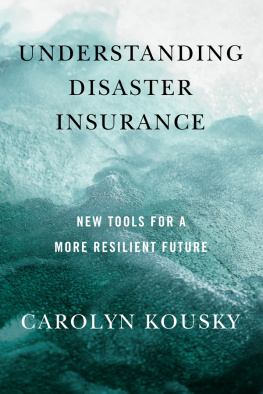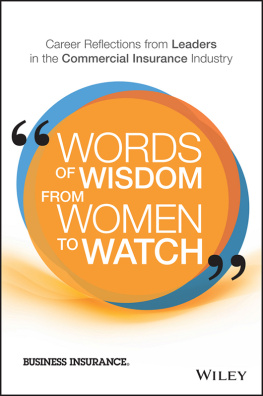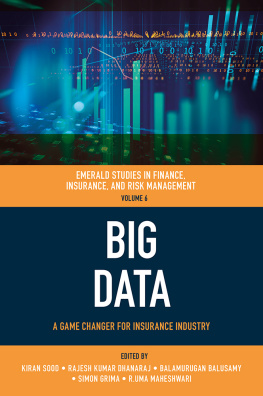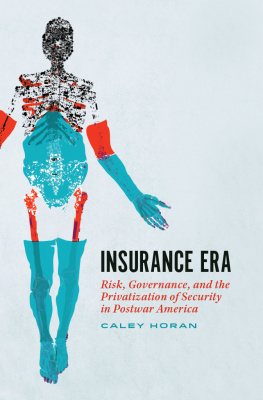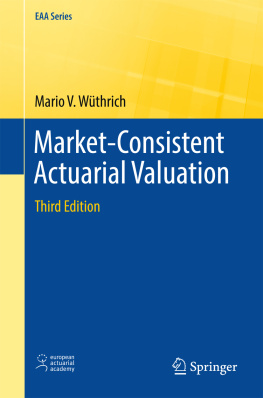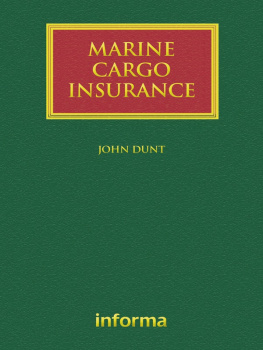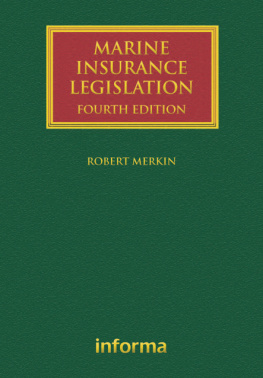Carolyn Kousky - Understanding Disaster Insurance: New Tools for a More Resilient Future
Here you can read online Carolyn Kousky - Understanding Disaster Insurance: New Tools for a More Resilient Future full text of the book (entire story) in english for free. Download pdf and epub, get meaning, cover and reviews about this ebook. year: 2022, publisher: Island Press, genre: Romance novel. Description of the work, (preface) as well as reviews are available. Best literature library LitArk.com created for fans of good reading and offers a wide selection of genres:
Romance novel
Science fiction
Adventure
Detective
Science
History
Home and family
Prose
Art
Politics
Computer
Non-fiction
Religion
Business
Children
Humor
Choose a favorite category and find really read worthwhile books. Enjoy immersion in the world of imagination, feel the emotions of the characters or learn something new for yourself, make an fascinating discovery.
- Book:Understanding Disaster Insurance: New Tools for a More Resilient Future
- Author:
- Publisher:Island Press
- Genre:
- Year:2022
- Rating:5 / 5
- Favourites:Add to favourites
- Your mark:
Understanding Disaster Insurance: New Tools for a More Resilient Future: summary, description and annotation
We offer to read an annotation, description, summary or preface (depends on what the author of the book "Understanding Disaster Insurance: New Tools for a More Resilient Future" wrote himself). If you haven't found the necessary information about the book — write in the comments, we will try to find it.
The frequency and intensity of natural disasterssuch as wildfires, hurricanes, floods, and stormsis on the rise, threatening our way of life and our livelihoods. Managing this growing risk will be central to economic and social progress in the coming decades. Insurance, an often confusing and unpopular tool, will be critical to successfully emerging from the effects of these crises. Its traditional role is to protect us from unforeseen and unanticipated risk, but as currently structured, insurance cannot adequately respond to these types of threats. How can we improve insurance to provide consistent and sufficient help following all disasters? How do we use insurance not just to help us recover, but also to help us prevent disasters in the first place? And how can insurance help us achieve broader social and environmental goals?
Understanding Disaster Insurance provides an accessible introduction to the complexitiesand exciting possibilitiesof risk transfer markets in the U.S. and around the world. Carolyn Kousky, a leading researcher on disaster risk and insurance, explains how traditional insurance markets came to be structured and why they fall short in meeting the needs of a world coping with climate change. She then offers realistic, yet hopeful, examples of new approaches. With examples ranging from individual entrepreneurs to multi-country collaborations, she shows how innovative thinking and creative applications of insurance-based mechanisms can improve recovery outcomes for people and their communities. She also explores the role of insurance in supporting policy goals beyond disaster recovery, such as nature-positive approaches for larger environmental impact. The book holds up the possibility that new risk transfer markets, brought to scale, could help create more equitable and sustainable economies.
Insurance and risk transfer markets can be a powerful tool for adapting to climate change, yet they are frequently misunderstood. Many find insurance confusing or even problematic and ineffective. Understanding Disaster Insurance is a useful guidebook for policymakers, innovators, students, and other decision makers working to secure a resilient futureand anyone affected by wind, fire, rain, or flood.
Carolyn Kousky: author's other books
Who wrote Understanding Disaster Insurance: New Tools for a More Resilient Future? Find out the surname, the name of the author of the book and a list of all author's works by series.

